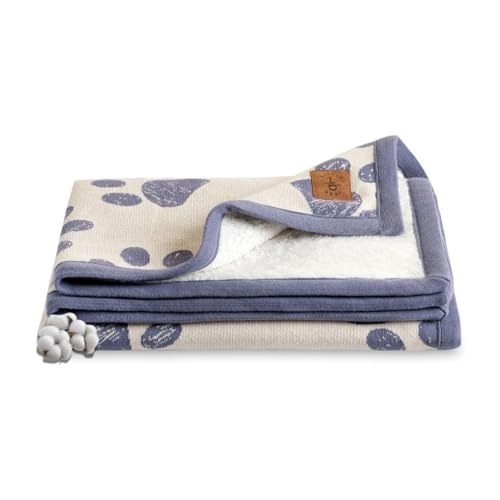



Hiding in a cozy nook like this provides a sense of security and comfort. Underneath, I can observe the world while feeling safe from potential threats. This instinctual behavior stems from my ancestors, who sought shelter in tight spaces to escape predators.
It’s not just about safety; this spot becomes my personal retreat. The darkness and limited space create a perfect environment for relaxation. Here, I can curl up and recharge my energy away from distractions. If you’re wondering if I prefer this hideout, the answer is an enthusiastic yes!
To enhance my hidden oasis, consider providing soft blankets or a small bed nearby. Making this area inviting encourages frequent visits. Remember, it’s all about creating a sanctuary where I can feel at ease and enjoy my moments of solitude.
Understanding Your Feline’s Need for Privacy
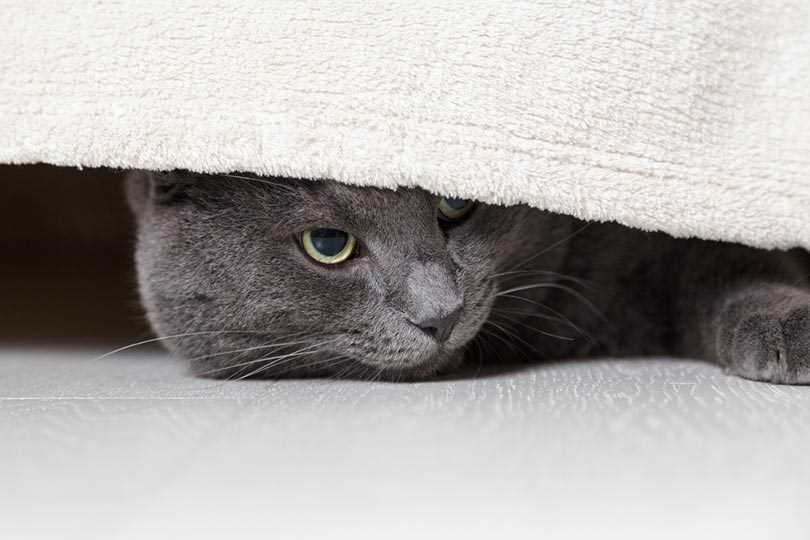
Finding a secluded spot is vital for many of us furry companions. It provides a sense of safety and comfort. When I retreat to a hidden corner, such as beneath the bed, I can relax without distractions or disturbances. It’s crucial to create an environment where privacy is respected, allowing for peaceful napping and rejuvenation.
Safe Spaces Matter
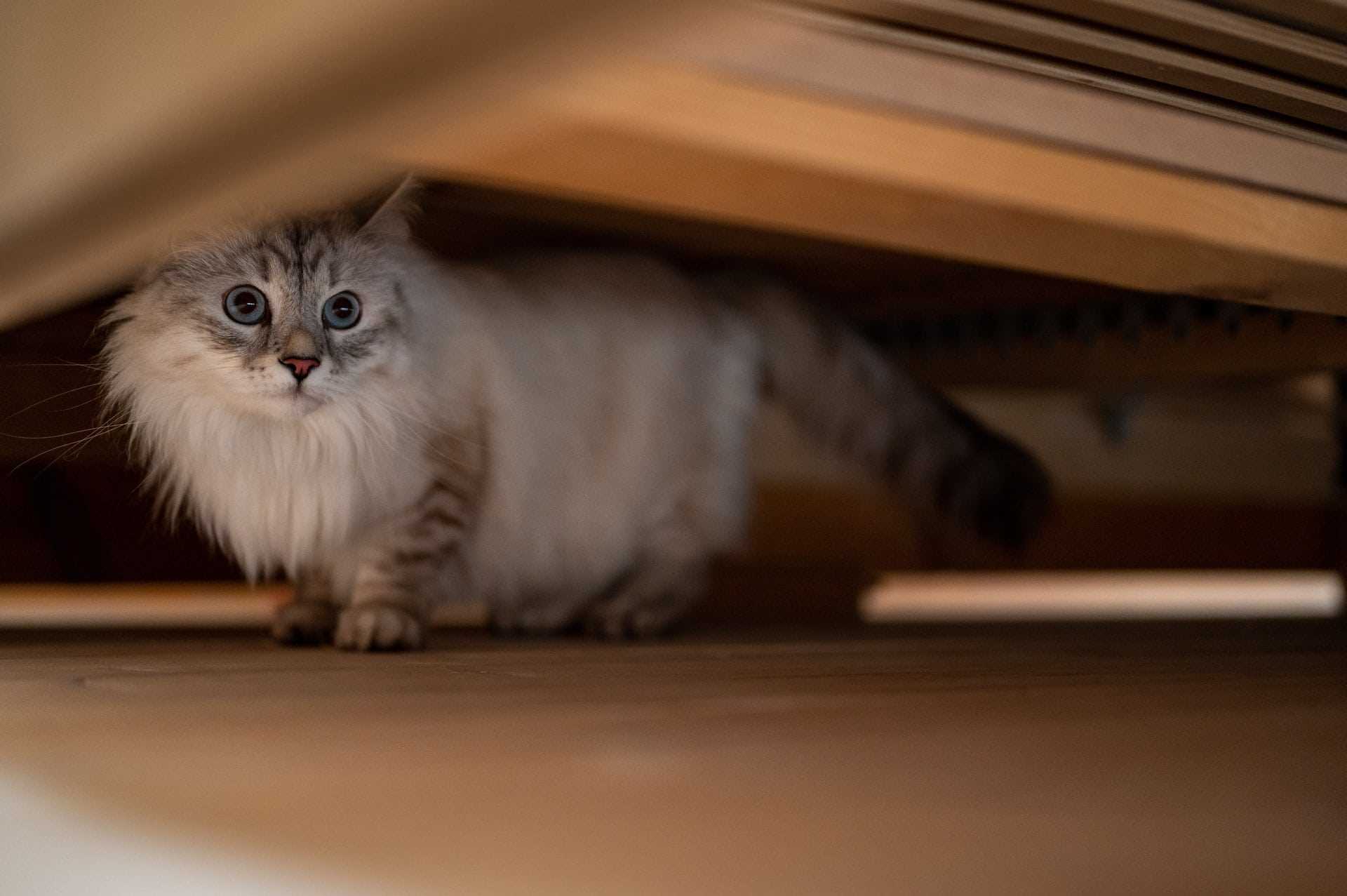
Designate quiet areas throughout your home. Cozy beds, tunnels, or even cardboard boxes can serve as perfect hideouts. These spaces help us recharge and feel secure. If you notice your little friend lingering in a particular spot, it’s a sign that they value that area. Encourage this behavior by keeping it clean and inviting.
Monitoring Health and Needs
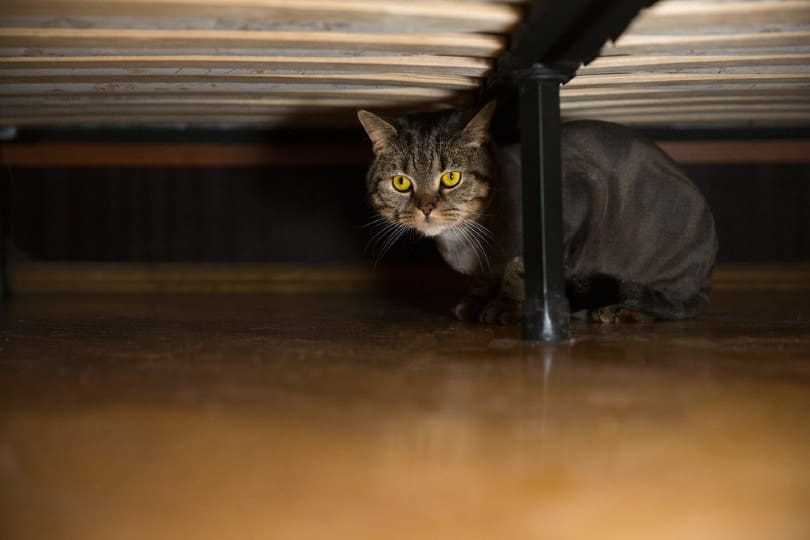
Pay attention to changes in behavior. If a normally social furball suddenly prefers solitude, it might indicate stress or discomfort. Regular vet check-ups are essential to rule out any health issues. Additionally, ensure that their diet meets nutritional needs. For instance, understanding what is considered low phosphorus in cat food is important for overall well-being. A balanced diet contributes to a happy and relaxed attitude.
Signs of Stress or Discomfort in Your Feline’s Behavior
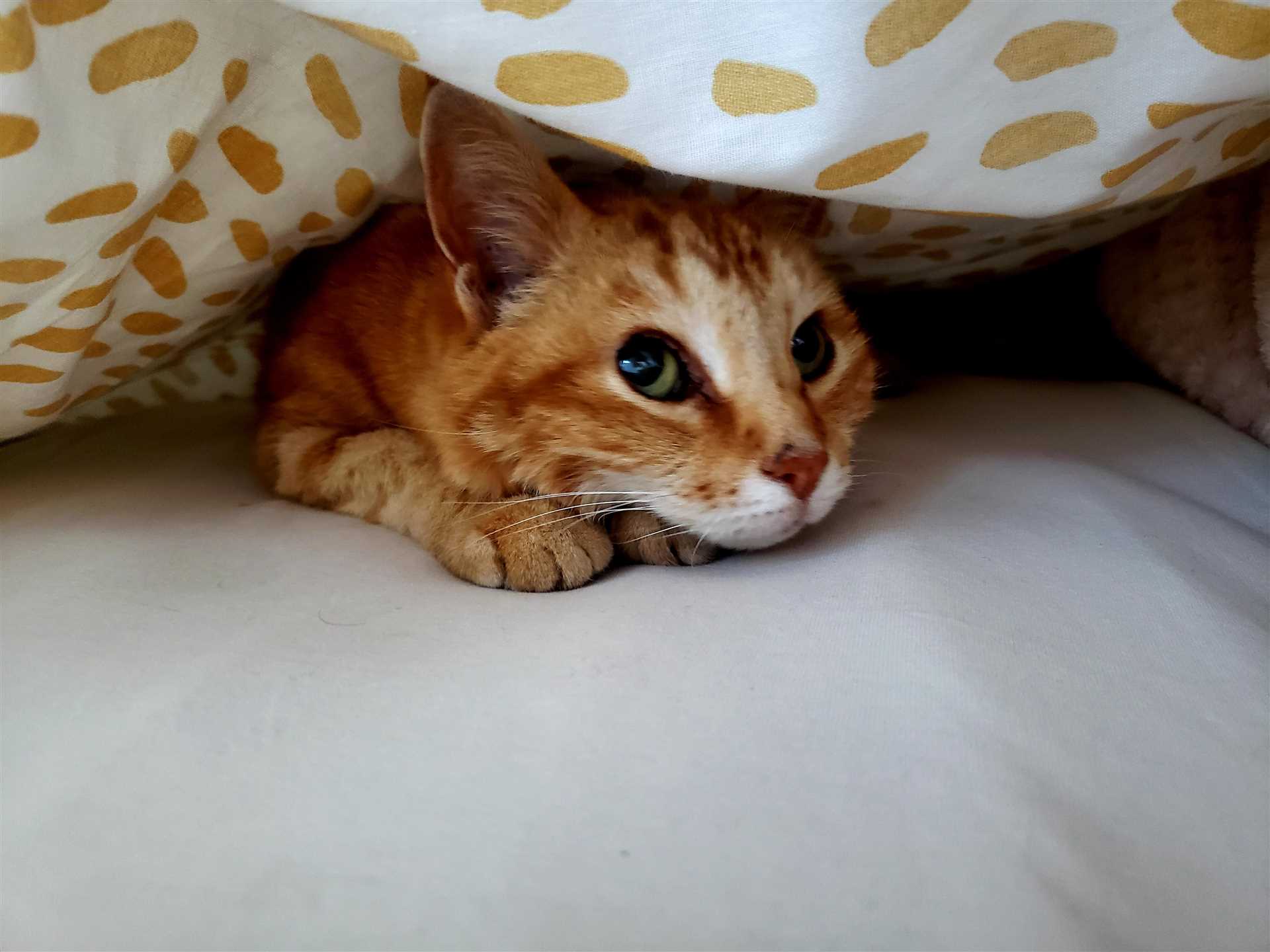
Pay attention to sudden changes in my drinking and elimination habits. If I’m avoiding the litter box, it might signal discomfort or anxiety. You can check what does dried cat pee look like for clues on my health.
Watch for increased hiding. If I frequently retreat to dark corners or tight spaces, it could indicate I’m feeling overwhelmed. This is my way of coping with stress.
Notice my grooming habits. Over-grooming or neglecting my fur can suggest I’m feeling unwell or anxious. A sudden change can be a red flag.
Vocalization changes are significant too. If I start meowing more or differently than usual, it could mean I’m trying to communicate discomfort or fear.
Monitor my appetite. A sudden drop in food intake or an unusual interest in eating can indicate stress or health issues. Keeping a close eye can help identify these shifts early.
Lastly, changes in social behavior, like aggression or withdrawal, are indicators that I might not be feeling safe or comfortable. It’s crucial to recognize these signs to ensure my well-being.
FAQ:
Why does my cat prefer to sleep under the bed instead of in its cozy bed or on the couch?
Cats often seek out hiding spots as a way to feel safe and secure. Sleeping under the bed provides your cat with a sense of shelter and protection from perceived threats. This behavior is instinctual; in the wild, cats would find secluded areas to rest and avoid predators. Additionally, the space under the bed may be cooler and quieter, making it an appealing place for your cat to relax. If your cat consistently chooses this spot, it might also indicate that it is feeling stressed or anxious in its environment.
Is it normal for my cat to sleep under the bed for long periods of time?
Yes, it can be normal for cats to spend extended periods of time sleeping under the bed. Cats are known for their love of sleep, often snoozing for 12-16 hours a day. If your cat has chosen this particular spot, it might be looking for a safe retreat or simply enjoying its own space. However, if you notice changes in your cat’s behavior, such as excessive hiding or signs of distress, it might be a good idea to observe for any potential stressors in the home or consult with a veterinarian for further guidance. Regular playtime and interaction can help encourage your cat to come out more often and feel comfortable in other areas of your home.
Hiding in a cozy nook like this provides a sense of security and comfort. Underneath, I can observe the world while feeling safe from potential threats. This instinctual behavior stems from my ancestors, who sought shelter in tight spaces to escape predators.
It’s not just about safety; this spot becomes my personal retreat. The darkness and limited space create a perfect environment for relaxation. Here, I can curl up and recharge my energy away from distractions. If you’re wondering if I prefer this hideout, the answer is an enthusiastic yes!
To enhance my hidden oasis, consider providing soft blankets or a small bed nearby. Making this area inviting encourages frequent visits. Remember, it’s all about creating a sanctuary where I can feel at ease and enjoy my moments of solitude.
Understanding Your Feline’s Need for Privacy

Finding a secluded spot is vital for many of us furry companions. It provides a sense of safety and comfort. When I retreat to a hidden corner, such as beneath the bed, I can relax without distractions or disturbances. It’s crucial to create an environment where privacy is respected, allowing for peaceful napping and rejuvenation.
Safe Spaces Matter

Designate quiet areas throughout your home. Cozy beds, tunnels, or even cardboard boxes can serve as perfect hideouts. These spaces help us recharge and feel secure. If you notice your little friend lingering in a particular spot, it’s a sign that they value that area. Encourage this behavior by keeping it clean and inviting.
Monitoring Health and Needs

Pay attention to changes in behavior. If a normally social furball suddenly prefers solitude, it might indicate stress or discomfort. Regular vet check-ups are essential to rule out any health issues. Additionally, ensure that their diet meets nutritional needs. For instance, understanding what is considered low phosphorus in cat food is important for overall well-being. A balanced diet contributes to a happy and relaxed attitude.
Signs of Stress or Discomfort in Your Feline’s Behavior

Pay attention to sudden changes in my drinking and elimination habits. If I’m avoiding the litter box, it might signal discomfort or anxiety. You can check what does dried cat pee look like for clues on my health.
Watch for increased hiding. If I frequently retreat to dark corners or tight spaces, it could indicate I’m feeling overwhelmed. This is my way of coping with stress.
Notice my grooming habits. Over-grooming or neglecting my fur can suggest I’m feeling unwell or anxious. A sudden change can be a red flag.
Vocalization changes are significant too. If I start meowing more or differently than usual, it could mean I’m trying to communicate discomfort or fear.
Monitor my appetite. A sudden drop in food intake or an unusual interest in eating can indicate stress or health issues. Keeping a close eye can help identify these shifts early.
Lastly, changes in social behavior, like aggression or withdrawal, are indicators that I might not be feeling safe or comfortable. It’s crucial to recognize these signs to ensure my well-being.
FAQ:
Why does my cat prefer to sleep under the bed instead of in its cozy bed or on the couch?
Cats often seek out hiding spots as a way to feel safe and secure. Sleeping under the bed provides your cat with a sense of shelter and protection from perceived threats. This behavior is instinctual; in the wild, cats would find secluded areas to rest and avoid predators. Additionally, the space under the bed may be cooler and quieter, making it an appealing place for your cat to relax. If your cat consistently chooses this spot, it might also indicate that it is feeling stressed or anxious in its environment.
Is it normal for my cat to sleep under the bed for long periods of time?
Yes, it can be normal for cats to spend extended periods of time sleeping under the bed. Cats are known for their love of sleep, often snoozing for 12-16 hours a day. If your cat has chosen this particular spot, it might be looking for a safe retreat or simply enjoying its own space. However, if you notice changes in your cat’s behavior, such as excessive hiding or signs of distress, it might be a good idea to observe for any potential stressors in the home or consult with a veterinarian for further guidance. Regular playtime and interaction can help encourage your cat to come out more often and feel comfortable in other areas of your home.
Hiding in a cozy nook like this provides a sense of security and comfort. Underneath, I can observe the world while feeling safe from potential threats. This instinctual behavior stems from my ancestors, who sought shelter in tight spaces to escape predators.
It’s not just about safety; this spot becomes my personal retreat. The darkness and limited space create a perfect environment for relaxation. Here, I can curl up and recharge my energy away from distractions. If you’re wondering if I prefer this hideout, the answer is an enthusiastic yes!
To enhance my hidden oasis, consider providing soft blankets or a small bed nearby. Making this area inviting encourages frequent visits. Remember, it’s all about creating a sanctuary where I can feel at ease and enjoy my moments of solitude.
Understanding Your Feline’s Need for Privacy

Finding a secluded spot is vital for many of us furry companions. It provides a sense of safety and comfort. When I retreat to a hidden corner, such as beneath the bed, I can relax without distractions or disturbances. It’s crucial to create an environment where privacy is respected, allowing for peaceful napping and rejuvenation.
Safe Spaces Matter

Designate quiet areas throughout your home. Cozy beds, tunnels, or even cardboard boxes can serve as perfect hideouts. These spaces help us recharge and feel secure. If you notice your little friend lingering in a particular spot, it’s a sign that they value that area. Encourage this behavior by keeping it clean and inviting.
Monitoring Health and Needs

Pay attention to changes in behavior. If a normally social furball suddenly prefers solitude, it might indicate stress or discomfort. Regular vet check-ups are essential to rule out any health issues. Additionally, ensure that their diet meets nutritional needs. For instance, understanding what is considered low phosphorus in cat food is important for overall well-being. A balanced diet contributes to a happy and relaxed attitude.
Signs of Stress or Discomfort in Your Feline’s Behavior

Pay attention to sudden changes in my drinking and elimination habits. If I’m avoiding the litter box, it might signal discomfort or anxiety. You can check what does dried cat pee look like for clues on my health.
Watch for increased hiding. If I frequently retreat to dark corners or tight spaces, it could indicate I’m feeling overwhelmed. This is my way of coping with stress.
Notice my grooming habits. Over-grooming or neglecting my fur can suggest I’m feeling unwell or anxious. A sudden change can be a red flag.
Vocalization changes are significant too. If I start meowing more or differently than usual, it could mean I’m trying to communicate discomfort or fear.
Monitor my appetite. A sudden drop in food intake or an unusual interest in eating can indicate stress or health issues. Keeping a close eye can help identify these shifts early.
Lastly, changes in social behavior, like aggression or withdrawal, are indicators that I might not be feeling safe or comfortable. It’s crucial to recognize these signs to ensure my well-being.
FAQ:
Why does my cat prefer to sleep under the bed instead of in its cozy bed or on the couch?
Cats often seek out hiding spots as a way to feel safe and secure. Sleeping under the bed provides your cat with a sense of shelter and protection from perceived threats. This behavior is instinctual; in the wild, cats would find secluded areas to rest and avoid predators. Additionally, the space under the bed may be cooler and quieter, making it an appealing place for your cat to relax. If your cat consistently chooses this spot, it might also indicate that it is feeling stressed or anxious in its environment.
Is it normal for my cat to sleep under the bed for long periods of time?
Yes, it can be normal for cats to spend extended periods of time sleeping under the bed. Cats are known for their love of sleep, often snoozing for 12-16 hours a day. If your cat has chosen this particular spot, it might be looking for a safe retreat or simply enjoying its own space. However, if you notice changes in your cat’s behavior, such as excessive hiding or signs of distress, it might be a good idea to observe for any potential stressors in the home or consult with a veterinarian for further guidance. Regular playtime and interaction can help encourage your cat to come out more often and feel comfortable in other areas of your home.

